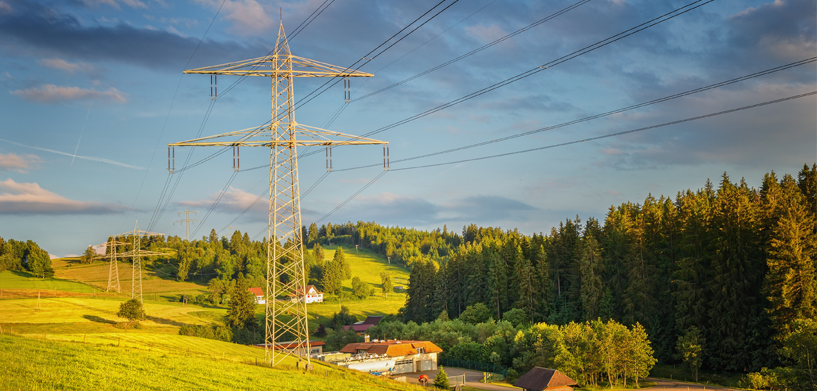Longer, dryer summers. Historic droughts. Unmanaged vegetation. Overall climate and environmental changes. In certain parts of the world, these factors have come together to create a devastating recipe for seasonally recurring wildfires. America’s west coast, South Africa and the entire continent of Australia are just a few areas that come to mind.
NASA and U.S. Forestry Service data aside, the magnitude of the problem can be seen on the evening news, unfolding week over week. And while not all root causes for wildfires can be addressed and minimized, there is one that can.
In the U.S., 10% of California’s wildfires — about 400 per year — are started by electrical sparks and discharges from transmission lines on the power grid. Dry, unkept vegetation surrounding substations and along powerlines can — and will — catch fire.
The 2018 Camp Fire in Northern California’s Butte County was cause by PG&E, the state’s largest utility provider. As a result, PG&E was ordered to pay $13.5 billion to people who lost homes and businesses, forcing the utility company to file for Chapter 11 bankruptcy protection.
The risk of wildfires caused by electric power grids can be mitigated and avoided. Utility companies just need to have the right technologies and tools.
In our webinar, “Smart monitoring for wildfire mitigation in the electrical supply industry,” we discuss how electric utility companies can easily and effectively map, monitor and manage vegetation along their networks.
Watch it today.

















